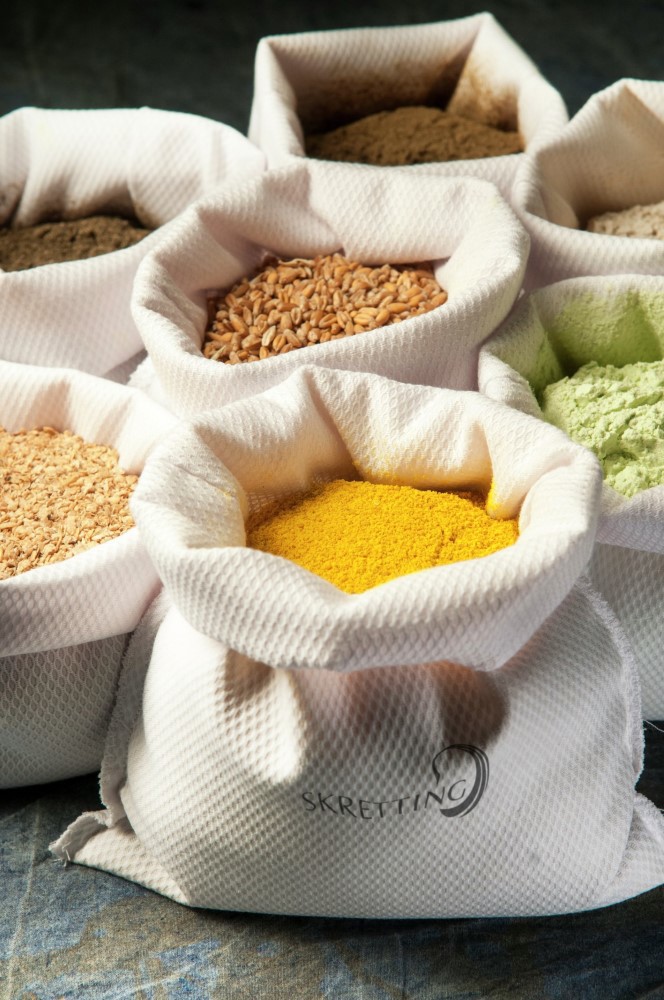Is it safe to eat farmed fish and shrimp?
The regulations that govern the harvest and processing of seafood for human consumption rank among the most stringent in the world. Aquaculture standards have been developing for many years and high-quality fish and shrimp feeds are a prerequisite for the industry. In order to minimise the industry’s exposure to risks, Skretting has implemented dynamic quality assurances and controls at every stage in all of our production cycles. Nutrace® is Skretting’s company-wide management programme that ensures feed-to-food safety and quality. It has been developed in such a way that all potential risks associated with aquaculture feed production are minimised and any irregularities are quickly found and acted upon.

In addition to auditing all of our internal operations, all of our suppliers undergo a comprehensive evaluation and approval process to ensure the supply of premium-quality, renewable and responsibly managed resources. Robust analyses of all approved raw materials are subsequently conducted at delivery and throughout the formulation process up to the point that the feeds are released to our customers. We can also trace individual batches of raw materials back to the farm where they were produced. This unique concept allows our customers and end-consumers to have full confidence with regards to the feeds used by the aquaculture industry.